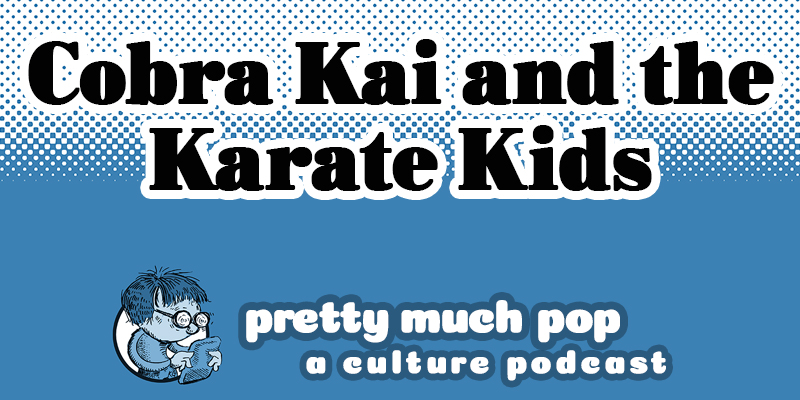It seems impossible to talk about keyboardist Chick Corea, who passed away from cancer on February 11 at age 79, without also talking about Miles Davis. Davis hand picked him for the groundbreaking albums In a Silent Way and Bitches Brew, and as a member of those ensembles, Corea helped shape the future of music and helped divide the jazz community into those who embraced the psychedelic “fusion” of jazz, rock, and other world musics and those who were fiercely protective of tradition.
Corea, however, “had already gone through early explorative phases of his career,” writes Jim Burlong at Jazz Views, before his “brief but not always happy” stint with Davis. He was on his way to the avant-garde direction he would take with his later group, Return to Forever. Yet no matter how far out there he went with Davis or the ridiculously accomplished RTF and hundreds of other musicians he played with, Corea always stayed connected to the music’s roots.
“Throughout his career,” Giovanni Russonello writes at The New York Times, Corea “never abandoned his first love, the acoustic piano, on which his punctilious touch and crisp sense of harmony made his playing immediately distinctive.” We hear it in compositions like “Spain” (at the top in a beautifully spare version with Bobby McFerrin), “500 Miles High,” and “Tones for Joan’s Bones,” all of which have “become jazz standards, marked by his dreamy but brightly illuminated harmonies and ear-grabbing melodies.”
We hear Corea’s “dreamy” acoustic piano throughout Return to Forever’s 1976 Romantic Warrior, an album that features 29 or so additional instruments among its four musicians, including a MiniMoog, Micromoog, Polymoog, Moog 15, ARP Odyssey, and an alarm clock and slide whistle on the quirky, medieval “The Magician.” This description alone might make purists cringe, but charges that jazz fusion albums are overstuffed and overly busy don’t tend to stick to Corea’s best recordings.
The sound of Return to Forever on Romantic Warrior, an album that influenced “bands to come on both sides of the Atlantic,” is “never crowded,” Burlong writes, “and the overall ambiance from all combinations of the thirty something instruments used is mostly one of controlled urgency.” Graced with a finesse that shines equally in weird, Scientology-inspired electric albums and traditional acoustic trios, Corea’s “versatility is second to none when it comes to the jazz world,” says his longtime friend and collaborator, vibraphonist Gary Burton.
Corea resisted the idea that funk and rock instrumentation in progressive jazz meant the invention of a new sub-genre. “It’s the media that are so interested in categorizing music,” he said in 1983, “the media and the businessmen, who, after all, have a vested interest in keeping marketing clear cut and separate. If critics would ask musicians their views about what is happening, you would find that there is always a fusion of sorts taking place… a continual merging of different streams.”
His advice to fellow musicians who might feel constrained by tradition or the strictures of the market is priceless (or “cheap but good,” he wrote), including the advice he gave a graduating class at Berklee College of Music in his home state of Massachusetts in 1997: “It’s all right to be yourself. In fact, the more yourself you are, the more money you make.” As a musician, Corea was never anything less than himself, though he didn’t seem in it for the money, sharing composition credit equally among the musicians on many of his ensemble albums.
Corea’s versatile musical approach won him 23 Grammys (“more than almost any other musician,” writes Russonello), three Latin Grammys, and the enduring respect and admiration of fans and fellow musicians. See more of his flawless chops in the intimate live performances above, including a Tiny Desk Concert with Burton, a full concert in Spain from 2018 with his acoustic trio, and a dueling piano performance of “Spain” live in Tokyo with pianist Hiromi Uehara, just above.
Related Content:
Chick Corea (RIP) Offers 16 Pieces of “Cheap But Good Advice for Playing Music in a Group” (1985)
The Universal Mind of Bill Evans: Advice on Learning to Play Jazz & The Creative Process
Miles Davis’ Bitches Brew Turns 50: Celebrate the Funk-Jazz-Psych-Rock Masterpiece
Josh Jones is a writer and musician based in Durham, NC. Follow him at @jdmagness






